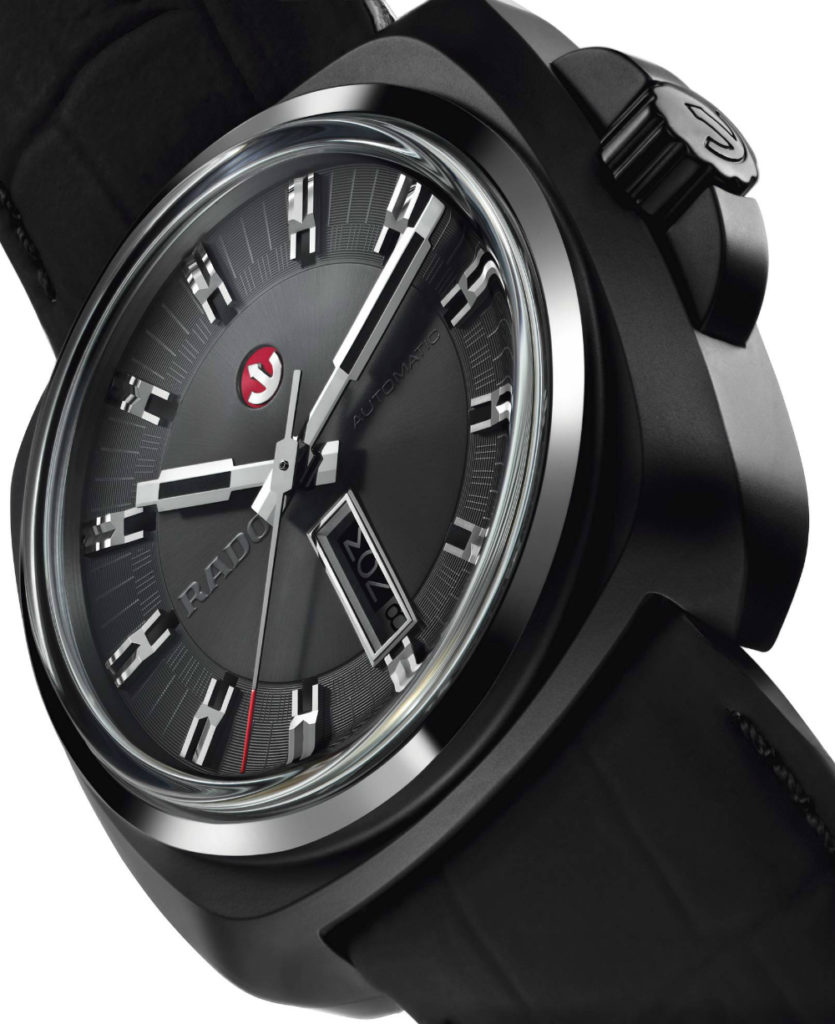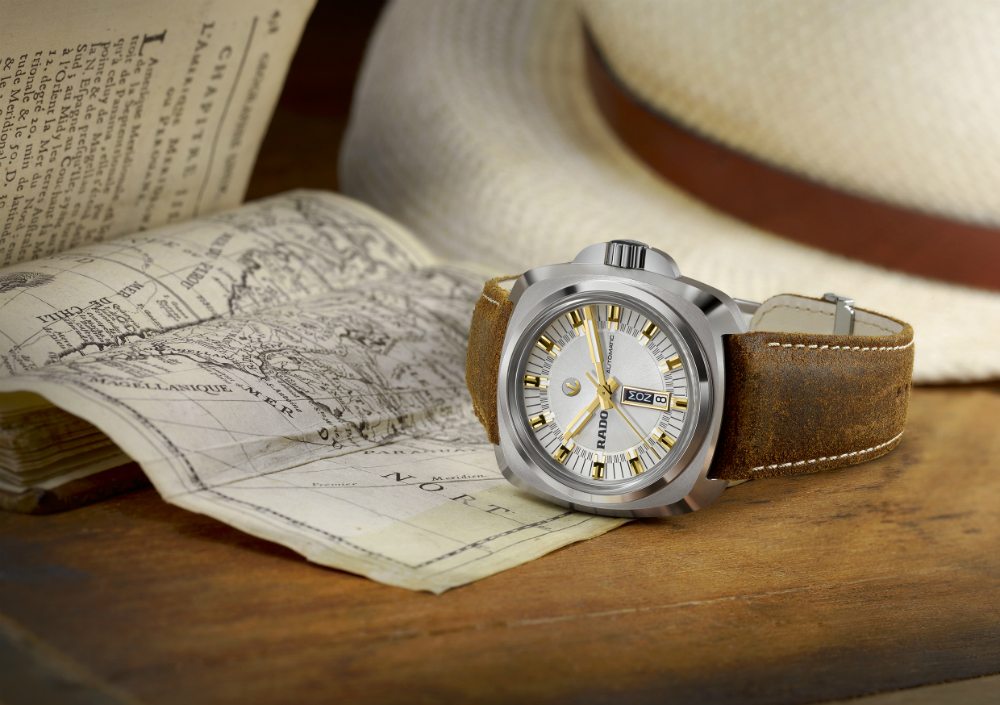
The Rado HyperChrome 1616 was unveiled at Baselworld 2016, and grabbed my attention as a very handsome watch from a brand a lot of “watch people” can often overlook. A powerful-looking watch inspired by the brand’s vintage Cape Horn collection of the late 1960s revisited with new materials and a contemporary movement, the Rado HyperChrome 1616 is worthy of a serious look from buyers.
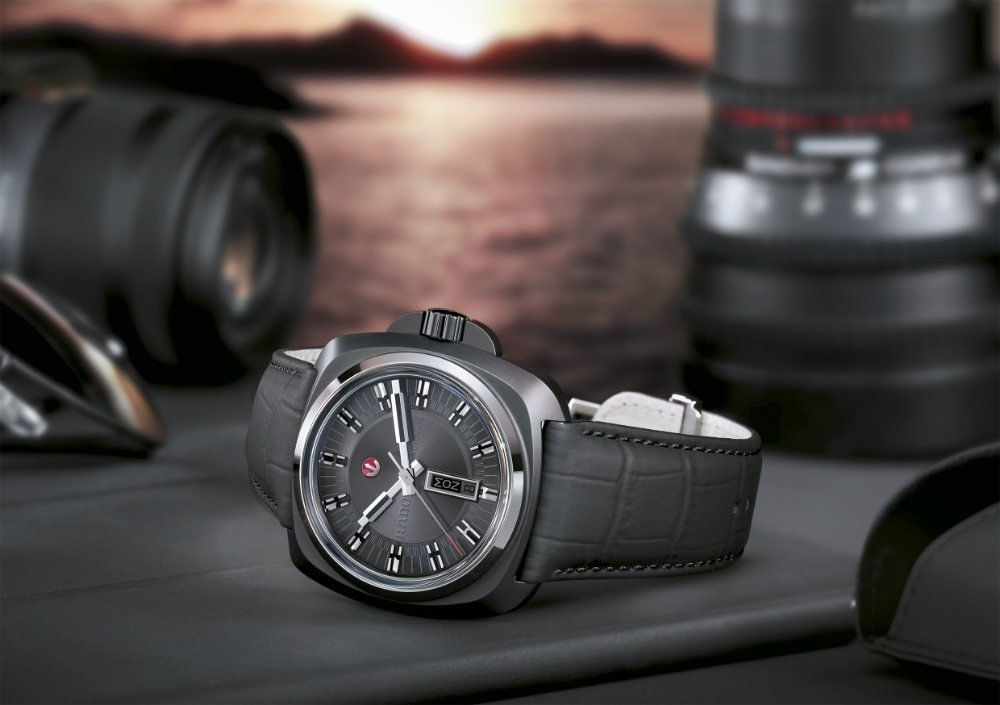
Although Rado has historic models in its portfolio – like the Original, Integral, Sintra, and Ceramic families – we are more accustomed to the classic rounded cases of the Rado HyperChrome and Diastar collections. While the most innovative case I can remember was the R-One Tron of 2012, it’s not the design but rather the pioneering use of materials, especially in the use of high-tech ceramic, on which Rado has built it’s reputation.
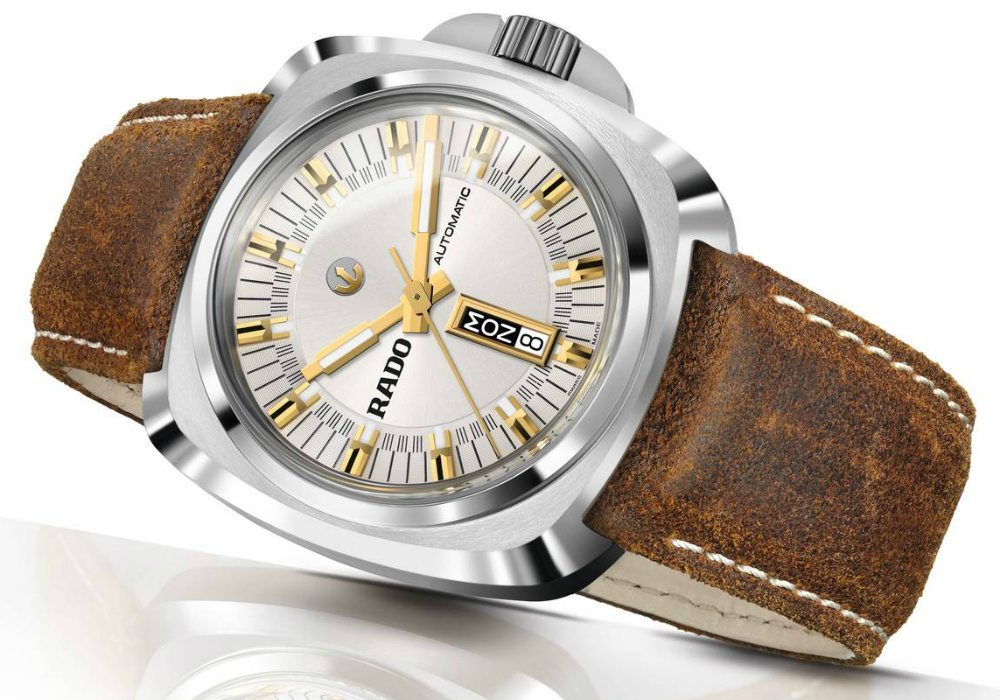
The new Rado HyperChrome 1616, whose direct ancestor is a 1971 model, comes in two bold versions: one in hardened titanium and another in high-tech, matte black ceramic. The original Cape Horn watch was made in stainless steel, a material with a hardness of around 200-250 Vickers. The new titanium model has a hardness of 1,000 Vickers, five times harder than steel and closer to the hardness of high-tech ceramic, which reaches 1,250 on the Vickers hardness scale.

Rado has always made durability its forte and has gone beyond the call of duty to develop superior materials that are resilient yet attractive and lightweight. The beefy 46 x 45.5 x 13.7mm case of the titanium model not only offers an extraordinary resilience to scratches – thanks to a treatment at a structural level to increase its hardness – it weighs in at just 106 grams, far less than you would expect from a watch this big.
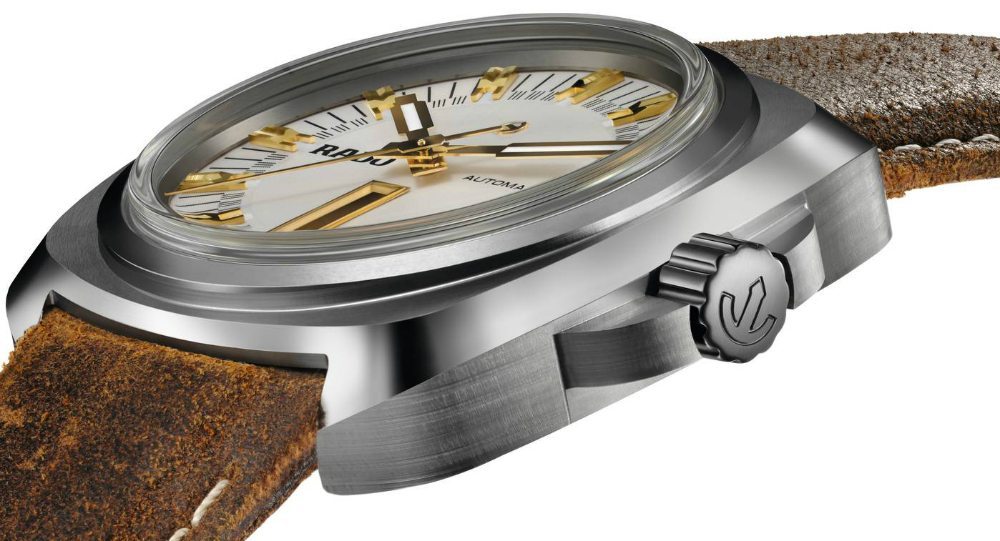
Like its predecessor the Cape Horn, the new Rado HyperChrome 1616 comes in a pronounced cushion-shaped case but has upped the diameter by 10mm and features crown protectors to add an air of even greater solidity to the watch. The original synthetic Hesalite crystal covering the dial has been replaced with sapphire crystal while still respecting the slightly domed shape in keeping with the vintage spirit of this model.
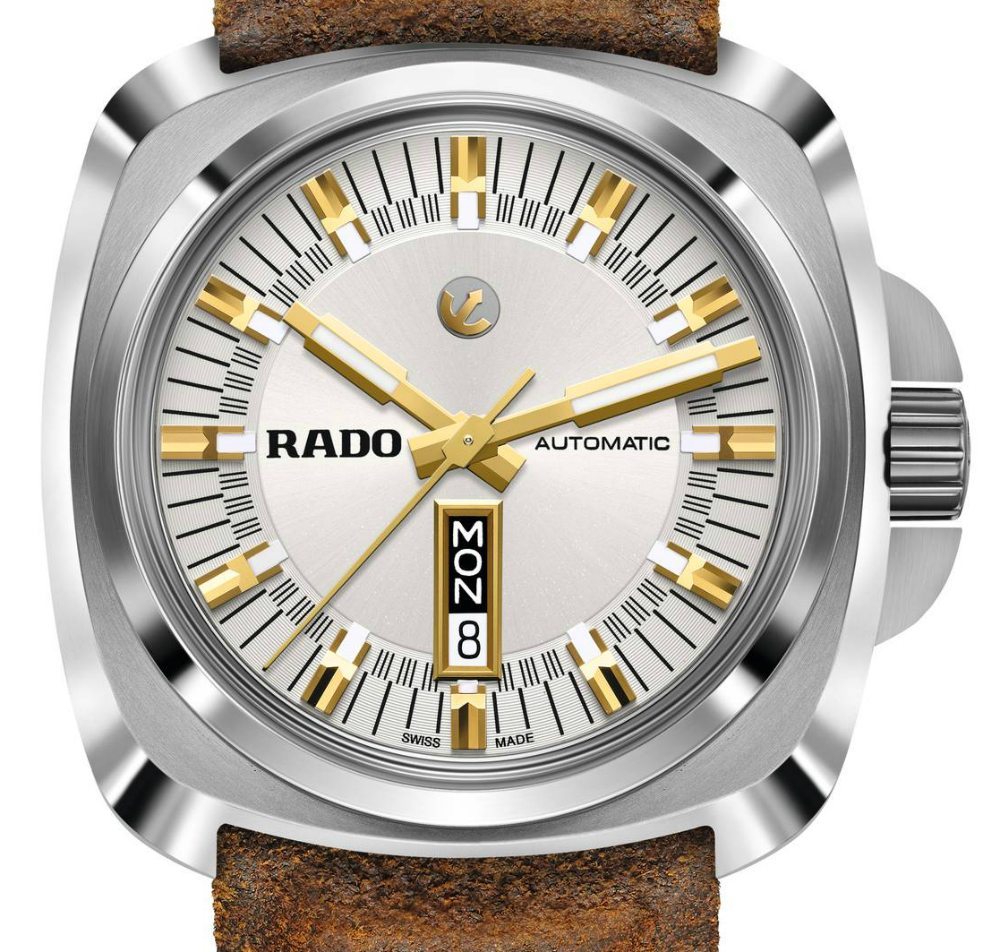
The dial is faithful to the original watch with a look that cannot hide the age of its conception. The hands and the yellow golden-colored faceted indices, along with the minutes and seconds tracks, are so much a product of the early 1970s that if this were a minute repeater Westminster carillon, it would play the opening bars of a Led Zeppelin song.
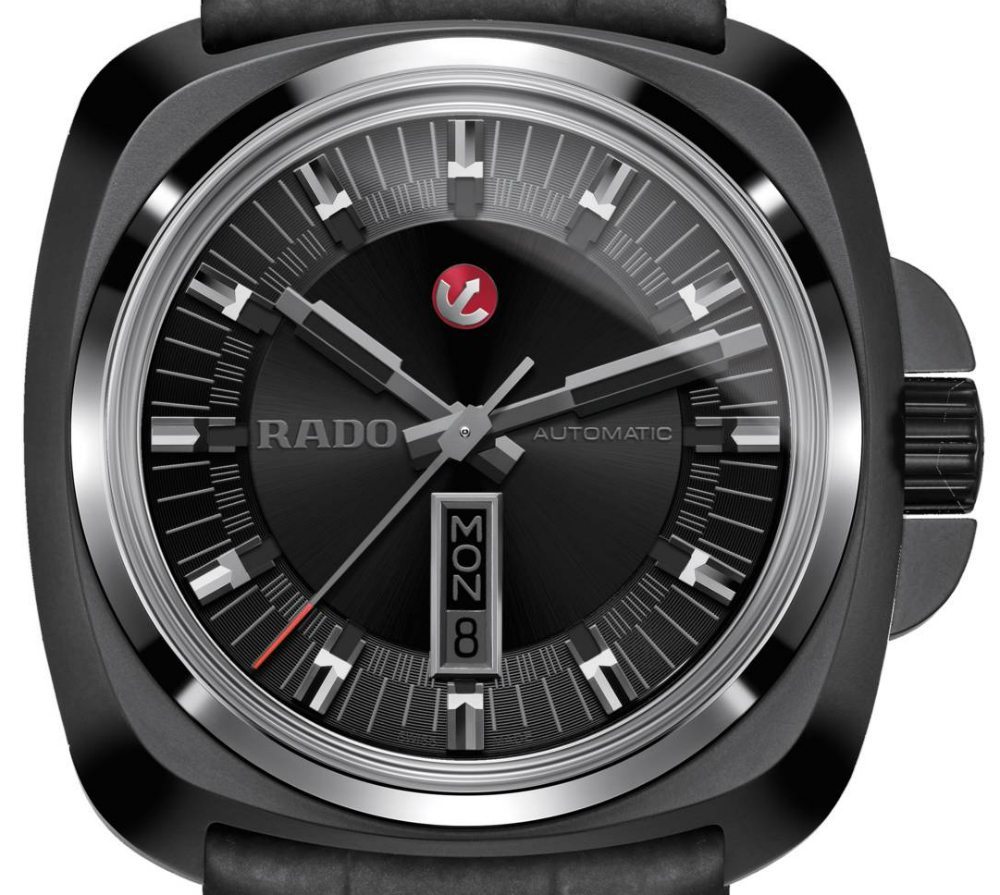
The hands and indices are coated with white SuperLumiNova and a little anchor, the symbol of Rado, sways to and fro just under 12 o’clock. In pride of place above the 6 o’clock marker is a two-tone vertical date window which you either love or hate. Personally, I think it is a great touch and reasserts its unabashed retro character to perfection.
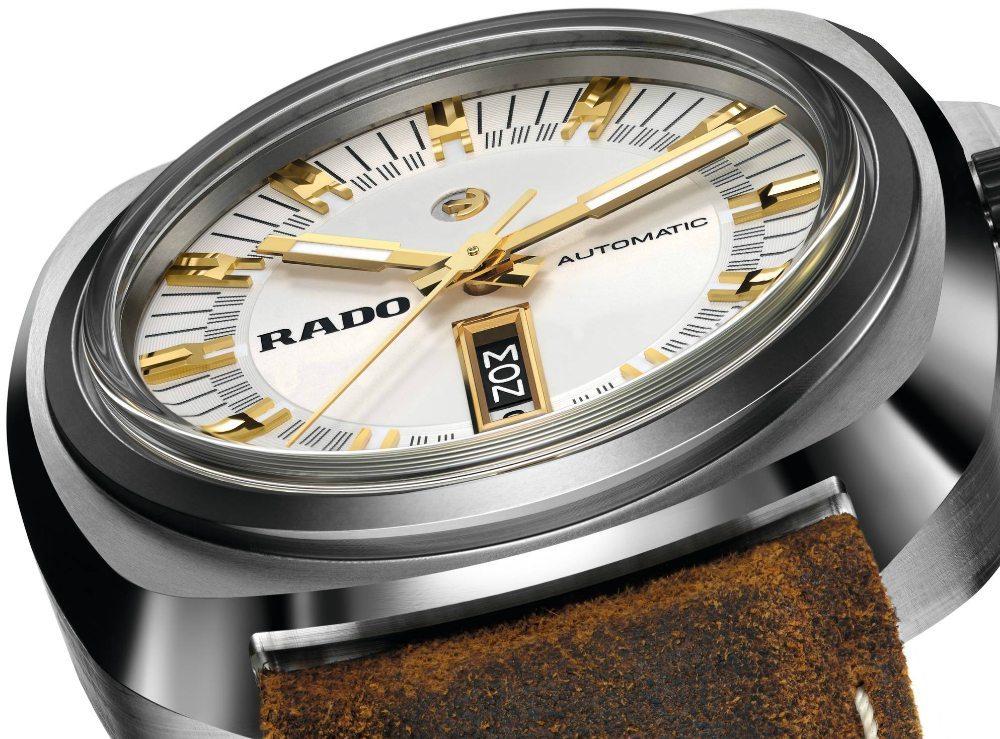
The watch is powered by an ETA caliber C07.621, an adaptation with day and date functions of the Powermatic 80 that Tissot introduced in 2013, which in turn is an evolution of the classic 2824-2 movement. By reducing the frequency to 3Hz, reducing the barrel pinion diameter in order to increase the size of the Nivaflex NM mainspring, and the use high-tech materials used for the escapement in order to decrease friction, the watch boasts a sturdy power reserve of 80 hours.
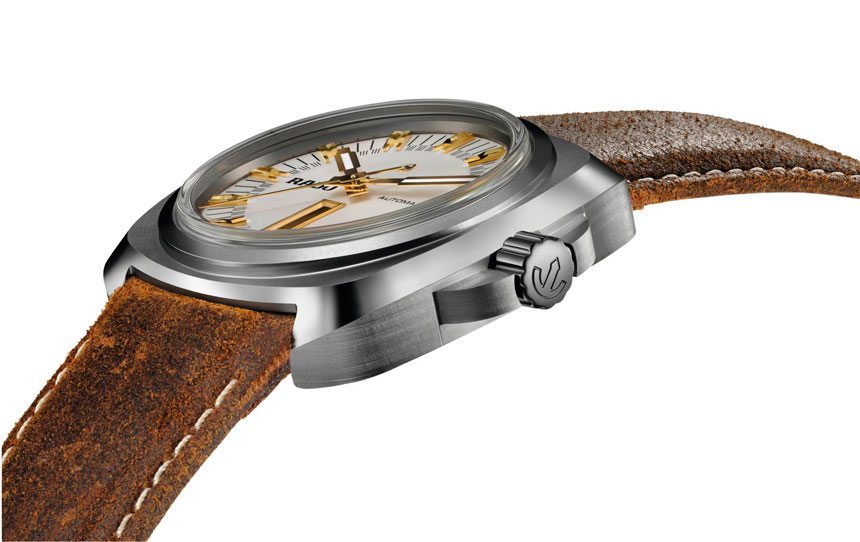
Both the Rado HyperChrome 1616 in titanium and its more somber brother in black ceramic will help put Rado on the radar of vintage watch aficionados. The price of the Rado HyperChrome 1616 watch is €2,930. rado.com

